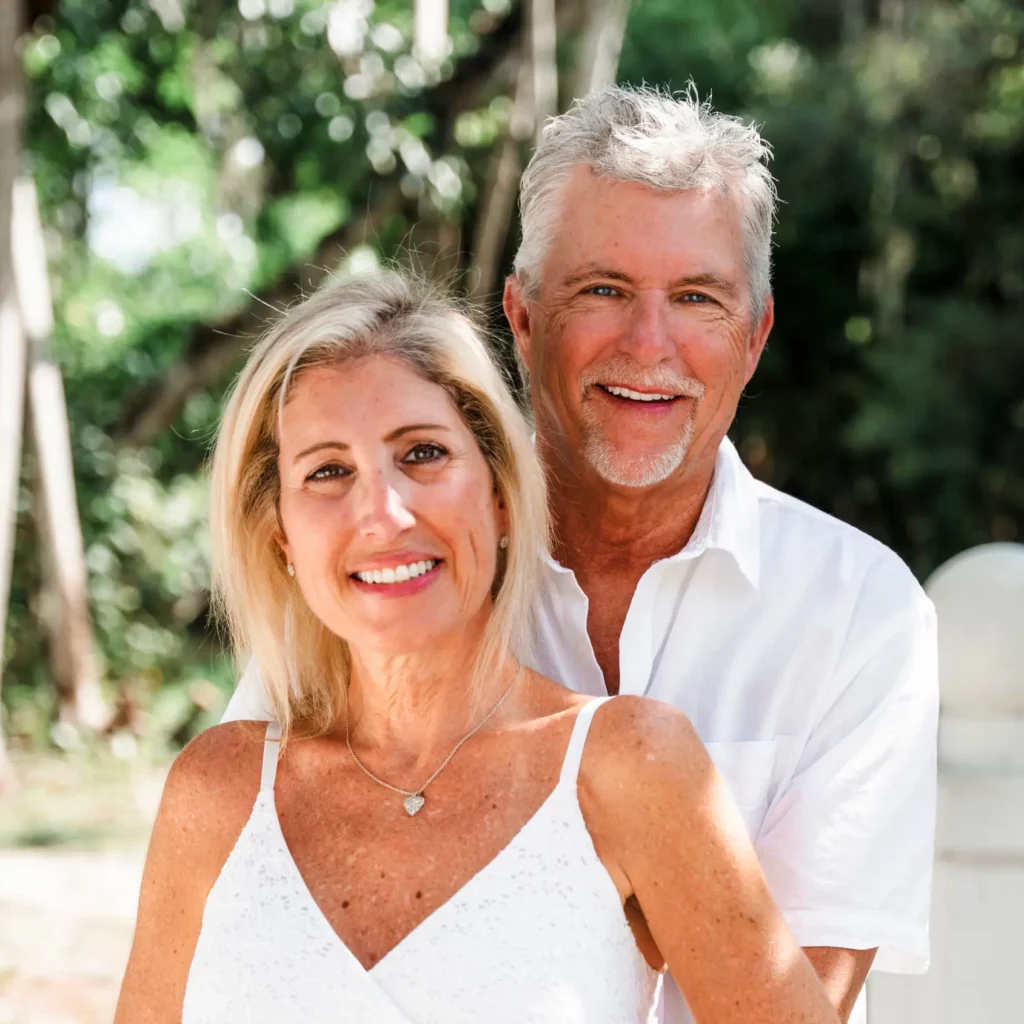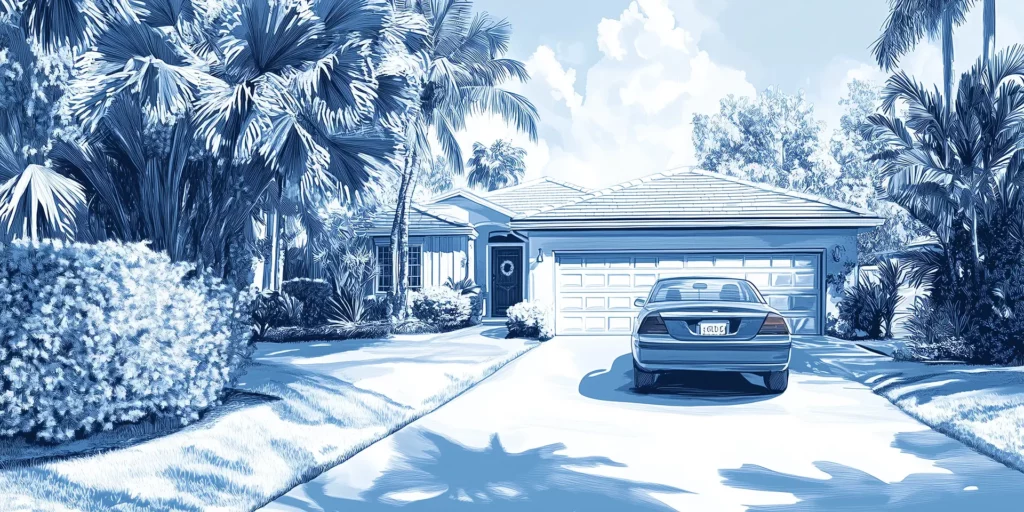Floods don’t just happen in high-risk areas. Even low-risk zones can experience unexpected damage from heavy rains or rising waters. That’s why having a plan matters. Low-Risk Area Flood Plans are affordable and offer peace of mind by protecting your property from costly repairs. If you’ve wondered how to get started, keep reading—we’ll guide you through it step by step.
What Is Flood Insurance and Why Is It Important?
Understanding Flood Insurance
Flood insurance is a type of policy that protects you from the financial damage caused by flooding. This includes damage to your home, belongings, and sometimes the land itself. One thing to know is that standard homeowners insurance doesn’t cover flood damage. This is a separate policy designed specifically for flooding emergencies.
Think of Low-Risk Area Flood Plans as a safety net for unpredictable disasters. Flooding can happen due to heavy rain, melting ice, or even clogged drainage systems. It’s not just about major storms or hurricanes—sometimes, even a small water buildup can lead to costly repairs. With flood insurance, you can cover those unexpected bills and keep your finances secure.
Why Flood Insurance Matters, Even in Low-Risk Areas
A lot of people think flooding only happens in high-risk zones, but the numbers tell a different story. According to FEMA, over 20% of flood claims come from areas outside high-risk flood zones. This means one in five claims happen in places where people considered flooding unlikely.
Low-Risk Area Flood Plans are crucial for these situations. Flooding doesn’t just come from storms—it can happen from construction changes, blocked waterways, or an unusually rainy season. Once it happens, the average flood claim can cost around $42,000. Having flood insurance in place helps reduce the financial burden of these repairs.
Benefits of Purchasing Flood Insurance in Low-Risk Areas
Lower Premium Costs
One of the best perks of choosing Low-Risk Area Flood Plans is how affordable they are. Because these areas are less likely to flood, insurance premiums are much lower than in high-risk zones. For example, while high-risk homeowners might pay thousands per year, premiums for low-risk areas can start at less than $500 annually.
This small investment can save you thousands if your home experiences unexpected water damage. It’s a cost-effective way to safeguard your property without breaking your budget.
Comprehensive Coverage
Flood insurance doesn’t just cover one thing. These policies help pay for a variety of damage, including:
- Structural damage to walls, floors, or foundations
- Replacement or repair of electrical and plumbing systems
- Damage to personal belongings, such as furniture and appliances
Certain plans even offer coverage for basements or outdoor structures like garages. With Low-Risk Area Flood Plans, you can get help repairing your home without worrying about the big bill.
Reduced Financial Risks
Flood repairs add up quickly. Did you know FEMA reports that just one inch of water can cause up to $25,000 in damages? Without insurance, you’d have to pay these costs out of pocket.
Flood insurance reduces those risks. Instead of worrying about draining your savings or taking on debt, you’ll have coverage to manage the unexpected. Over time, this helps protect your financial health and your home’s value.
How to Purchase Flood Insurance in Low-Risk Areas
Step 1: Understand Your Risk
Knowing your flood risk is the first—and most important—step. FEMA provides flood maps that show whether your property is in a high-risk, moderate-risk, or low-risk zone. These maps are easy to access online and give you a clear idea of your flood exposure.
For Fort Myers homeowners, being in a low-risk area still doesn’t mean zero risk. Nearby rivers, the Gulf of Mexico, or even heavy seasonal rains can affect your property. Low-Risk Area Flood Plans are a smart way to stay prepared, even when floods seem unlikely.
Step 2: Choose the Right Policy
You’ll need to decide between two main types of flood insurance:
- NFIP Policies – Offered through the National Flood Insurance Program, these are government-backed policies. They’re affordable and reliable, especially for low-risk areas.
- Private Flood Insurance – These policies come from private insurance companies and often provide additional options, like higher coverage limits or faster claims processing.
Low-Risk Area Flood Plans provided through either route ensure your home and belongings are protected. Compare coverage and costs to see which is the best fit for your needs.
Step 3: Work with a Trusted Insurance Agent
Navigating flood insurance can feel overwhelming, but you don’t have to do it alone. A local insurance agent in Fort Myers can explain the details and guide you through the process. They’ll also understand the unique challenges of your location and customize a plan that fits your budget.
Agents can also help you decide whether you need extra protection, like coverage for detached structures or upgraded contents insurance.
Step 4: Gather Necessary Documentation
To apply for flood insurance, you’ll need to provide some key details, including:
- Information about your property, such as its address and elevation
- Any history of flood-related damage (if applicable)
- Proof of ownership or mortgage details
Having these documents ready speeds up the process and makes approval much easier.
Step 5: Complete the Application
Completing your application doesn’t take long, especially with an agent’s help. Be sure to double-check all information for accuracy. Missing or incorrect details might delay your coverage.
Once submitted, most policies take about 30 days to go into effect. That’s why it’s smart to plan ahead—don’t wait until a storm is on the horizon to secure Low-Risk Area Flood Plans!
Considerations Specific to Florida Residents
Flood Risks in Fort Myers and Surrounding Areas
Living in Florida comes with many perks, like sunny days and coastal scenery. However, it also means dealing with unique flood risks. For Fort Myers residents, the proximity to the Gulf of Mexico, Caloosahatchee River, and nearby wetlands increases the chance of flooding. Even low-risk areas can face issues from seasonal rains, tropical storms, or hurricanes.
For instance, Hurricane Ian in 2022 caused widespread flooding in areas that didn’t traditionally see water damage. This highlights why Low-Risk Area Flood Plans are essential, even if your home isn’t in a high-risk flood zone. Taking precautions now can save you from unexpected repair costs later.
Florida-Specific Regulations and Discounts
Florida has programs and regulations designed to make flood insurance more accessible. For example:
- State Grants for Hurricane Resilience: Florida offers grants to assist homeowners in upgrading their properties. These upgrades, like elevated foundations or impact-resistant windows, can reduce flood risks and even lower your insurance premiums.
- Private Insurers Offering Discounts: Some private companies provide reduced rates for homes with additional safety measures, like sump pumps or flood barriers.
By combining these options with Low-Risk Area Flood Plans, Florida residents can secure affordable and comprehensive coverage. Plus, the state implements stricter building codes that require new constructions to meet high safety standards. If your home meets these codes, you might qualify for extra savings.
Ultimately, understanding these local considerations helps you pick the best plan while staying protected in Florida’s unique environment.
Common Myths About Flood Insurance
“I Don’t Need Insurance Because I’m Not in a High-Risk Area”
Many people believe that living outside of a high-risk zone means they’re safe from floods. But the reality is much different. According to FEMA, over 40% of flood insurance claims come from areas classified as low or moderate risk. Natural water flow changes, urban development, and excessive rainfall can all lead to flooding, regardless of your zone.
Low-Risk Area Flood Plans offer protection for the unexpected. Just because it hasn’t flooded before doesn’t mean it won’t happen in the future. Protecting your home now is better than scrambling to repair major damages later.
“Federal Disaster Aid Will Cover Me”
It’s a common misconception that federal disaster relief covers all flood damage. While FEMA may provide aid, it’s limited and typically comes in the form of loans that you’ll have to pay back. For example, the average disaster relief assistance is only about $5,000 per household—far below the cost of most flood repairs.
Low-Risk Area Flood Plans are the better option. They provide the funds you need to rebuild or repair without debt, offering financial peace of mind.
“Flood Insurance Is Too Expensive”
Flood insurance is often thought of as a costly investment. But for residents in low-risk zones, rates are much lower than you might expect. Policies under Low-Risk Area Flood Plans can cost as little as $300 to $500 per year. When you compare this to the potential $25,000 or more in damages caused by just an inch of water, it’s a small price to pay.
Plus, newer policies and private options offer flexible premiums and discounts. By exploring your options, you’re likely to find a plan that fits your budget while still protecting your home.
FAQs About Flood Insurance for Low-Risk Areas
Can I buy flood insurance at any time?
Yes, you can purchase flood insurance at any time. However, there’s usually a waiting period before the coverage kicks in. For policies under the National Flood Insurance Program (NFIP), this is often 30 days. This delay ensures coverage isn’t purchased right before a known flood event.
That’s why it’s a good idea to act now and secure Low-Risk Area Flood Plans before heavy rains or storms roll in. Waiting until the last minute can leave you financially vulnerable if a flood strikes.
How do flood zones impact my policy?
Flood zones classify the likelihood of flooding in an area, which directly affects your insurance rates. Homes in low-risk areas, labeled as Zone X by FEMA, typically qualify for more affordable Low-Risk Area Flood Plans. These plans provide the same protections as high-risk policies but come with significantly lower premiums.
Being in a low-risk zone can save you hundreds of dollars annually, making the investment in flood insurance even more appealing.
What happens if I sell my home? Can the policy transfer?
Yes, flood insurance policies are transferable. If you sell your home, your existing policy can often be passed on to the new owner. This is particularly useful for low-risk areas, as it adds an extra layer of value to the property.
When marketing your home, having an active Low-Risk Area Flood Plan in place may appeal to potential buyers who want immediate coverage without having to wait through the 30-day policy activation period.
Do mortgage lenders require flood insurance in low-risk areas?
Typically, mortgage lenders only require flood insurance if your home is located in a federally-designated high-risk flood zone. For low-risk areas, insurance isn’t mandatory, but that doesn’t mean you should skip it.
Floods can happen anywhere. Choosing affordable Low-Risk Area Flood Plans helps to protect your investment, whether or not your lender requires it. Many homeowners find the added security worth the small yearly premium.
If you live in a low-risk flood zone, having the right insurance still matters. Floods are unpredictable, and damage can be expensive. Low-Risk Area Flood Plans offer affordable protection for your home and belongings. We’ve covered why flood insurance is important, its many benefits, and the steps to get started. We also explored Florida-specific risks and cleared up common myths.
Don’t wait until it’s too late to protect your home. Contact us today for personalized advice or to get a quick quote on flood insurance.







